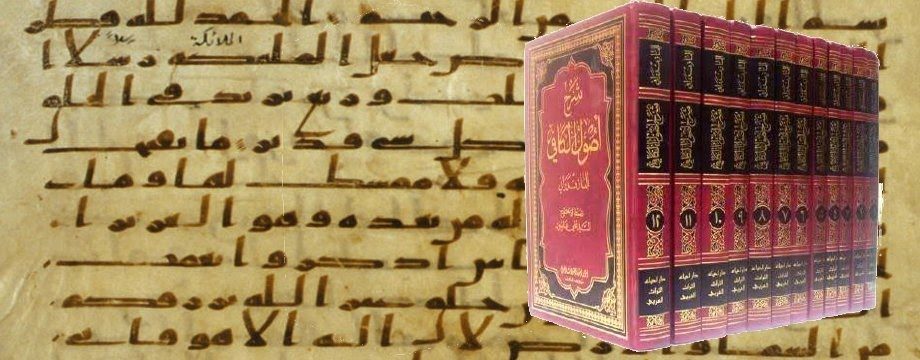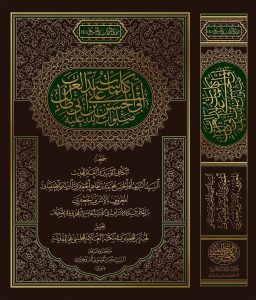In his rather long-winded presentation on the reliability of Abū Hurayrah, Abdullah Al-Rabbat tries to prove that he was a great companion and an unimpugnable source of Prophetic traditions who can undoubtedly be relied upon. The presentation (which can be seen here) lasts just under four hours, and addresses some of the primary concerns about the character of Abū Hurayrah and the arguments leveled by those who question his credibility. Some of the points put forward by Al-Rabbat are worthy of reflection, while others are clearly wrong, and a few are outright ridiculous.
In answering the main question of how Abū Hurayrah became so close to the Prophet (ṣ) as to have access to him and narrate from him more than most of the other companions, Al-Rabbat states (around 30 minutes in) that he maintained closer contact with the Prophet because he was in al-Suffah and would often accompany the Prophet, by his own attestation, in order to satiate his stomach. The question is hardly answered in this way as we know that there were many companions in al-Suffah even before him (he arrived there in 7 AH), so why is he special? Furthermore, Al-Rabbat’s other arguments like Abū Hurayrah’s residing in Madinah after the Prophet is equally unconvincing because many companions did that, yet none relate the number of traditions that he did.
Al-Rabbat’s assertions about certain ‘personal traits’ of Abū Hurayrah, like attention to detail, seems quite spurious. When one is so worried about his next meal, how is he expected to care about other details around him? Furthermore, a narrator’s own attestations regarding his credibility do not constitute reliable evidence, and we do not have anyone else from the companions who praised him for his attention to detail. In fact, people during his own time were saying that he is relating too many aḥādīth, that is why he tried to defend himself with various justifications. Other traits Al-Rabbat mentions like his sense of responsibility are also only based on Abū Hurayrah’s own claims.
On the tradition in al-Bukhāri’s Ṣaḥīḥ where, upon being questioned about a statement, Abū Hurayrah admits that “This is from Abū Hurayrah’s sack [and not from the Prophet (ṣ)],” Al-Rabbat humorously tries to twist this by claiming it to actually be a testament to his reliability. However, he fails to see how it was only when the people questioned him that he admitted to having added his own commentary to a Prophetic tradition, so it is no way a testament to his trustworthiness. One can only wonder how many other such traditions may have been related by Abū Hurayrah and passed as being from the Prophet?!
While it is laudable that Abdullah Al-Rabbat was willing to acknowledge that there are some problematic narrations in the Ṣaḥīḥayn, and that 18 of those are from Abū Hurayrah, one cannot help but express dismay at his method of counting the traditions of this notorious narrator. Even if we take his conclusions at face value, it is astounding that 143 traditions, by his count, have exclusively been related by Abū Hurayrah, while some of the more prominent companions have only a handful of traditions to their name. One hour and 29 minutes into the presentation, Al-Rabbat mentions the likelihood of Abū Hurayrah relating things from other companions without mentioning their names, and letting the listeners believe that he heard it directly from the Prophet (ṣ). While he brushes this off as a common occurrence, it clearly reeks of unreliability and dishonesty.
Al-Rabbat also downplays Abū Hurayrah’s link with the notorious fabricator Kaʿb al-Aḥbār using strawman arguments such as the mutual influence the two had on each other. He glosses over the very real possibility of Abū Hurayrah’s turning towards Muʿāwiyah towards the end of his life (as implied in some reports) and evinces some narrations attributed to him in praise of the Hāshimites. One obviously fabricated report he quotes is from Saʿīd ibn Marjāna from ʿAlī ibn al-Ḥusayn (a) (2:44) where the latter hears something from Abū Hurayrah and then relates it to Imam Zayn al-ʿĀbidīn, who then proceeds to act upon it. Al-Rabbat completely overlooks that Abū Hurayrah died in 48 AH when ʿAlī ibn al-Ḥusayn (a) was ten years old, so how could he have owned such expensive slaves which he purportedly freed at that time?
In the end, the four hours less eleven minutes spent hoping some solid new research might reveal a novel approach towards the otherwise problematic narrator that is Abū Hurayrah proves more of a disappointment than anything else. While the time taken to carry out research and prepare the presentation is appreciated, the obvious biases that lead to contorted conclusions and misrepresentations undermines the value of the presentation.



